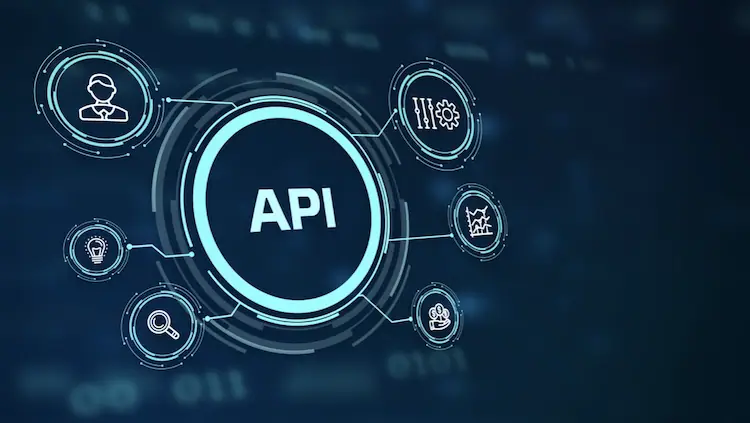ISO 27034 Application Security Framework Compliance Testing
The ISO/IEC 27034 series of standards provides a comprehensive framework for securing applications throughout their lifecycle. This service focuses specifically on ensuring that web applications and APIs comply with the requirements outlined in ISO/IEC 27034-1: Information security management systems – Application security. Our compliance testing ensures that your application is protected against modern cyber threats, from initial design through to deployment and maintenance.
The framework addresses several key areas including secure software development lifecycle (SDLC), threat modeling, risk assessment, secure coding practices, and continuous monitoring. By adhering to this standard, organizations can build resilient applications that meet the highest security standards, thereby reducing vulnerabilities and potential cyber attacks.
Our testing process involves a multi-layered approach to ensure compliance with ISO/IEC 27034-1:
- Initial Assessment: We begin by conducting an initial assessment of your application’s current security posture. This includes reviewing existing documentation, identifying key stakeholders, and understanding the business context.
- Gap Analysis: Our team then performs a gap analysis between the current state of your application and the requirements specified in ISO/IEC 27034-1. This helps identify areas where improvements are necessary.
- Compliance Testing: We conduct thorough testing to ensure that all aspects of the application align with the standard. This includes static analysis, dynamic analysis, and penetration testing.
- Reporting & Recommendations: Upon completion, we provide a detailed report outlining our findings along with actionable recommendations for enhancing compliance.
The ISO/IEC 27034-1 standard emphasizes the importance of integrating security into every phase of an application’s lifecycle. This service ensures that your organization not only meets regulatory requirements but also enhances overall cybersecurity resilience.
Our testing methodology is designed to provide a robust foundation for secure software development practices, ensuring that applications are protected against both known and emerging threats. By focusing on the lifecycle approach recommended by ISO/IEC 27034-1, we help you achieve not just compliance but also a more resilient application environment.
In today’s digital landscape, where cyber threats evolve rapidly, it is crucial to have a standardized framework like ISO/IEC 27034-1. Our testing service ensures that your web applications and APIs are secure, compliant, and prepared for the challenges of the future.
Applied Standards
| Standard | Description |
|---|---|
| ISO/IEC 27034-1: Information security management systems – Application security | This standard provides a framework for the secure development, deployment, and maintenance of applications. It covers all aspects from initial design through to final decommissioning. |
| ISO/IEC 27034-2: Information security management systems – Application security – Security requirements | This part of ISO/IEC 27034 focuses on the specific security requirements that should be considered throughout the application lifecycle. It outlines what needs to be addressed at each stage. |
| ISO/IEC 27034-3: Information security management systems – Application security – Security assurance | This part deals with ensuring that the security measures implemented are effective and meet the required levels of assurance. It covers implementation, testing, validation, and continuous monitoring. |
Industry Applications
- Financial Services: Banks and financial institutions use our service to ensure compliance with regulatory requirements such as PCI DSS while also protecting sensitive customer data.
- E-commerce Platforms: Online retailers rely on this testing to safeguard customer information during transactions, ensuring trust in their brand.
- Healthcare Providers: Hospitals and clinics use our service to comply with HIPAA regulations while maintaining the confidentiality of patient records.
- Government Agencies: Public sector organizations employ this testing to protect sensitive government information from unauthorized access or breaches.
- Telecommunications Companies: Telecom firms leverage our service to secure customer data and ensure compliance with industry-specific regulations.
- Manufacturing Firms: Industrial companies use this testing to secure critical systems and protect against potential disruptions in operations.





